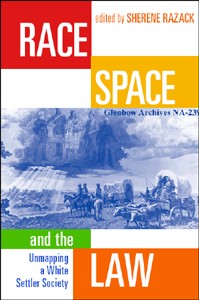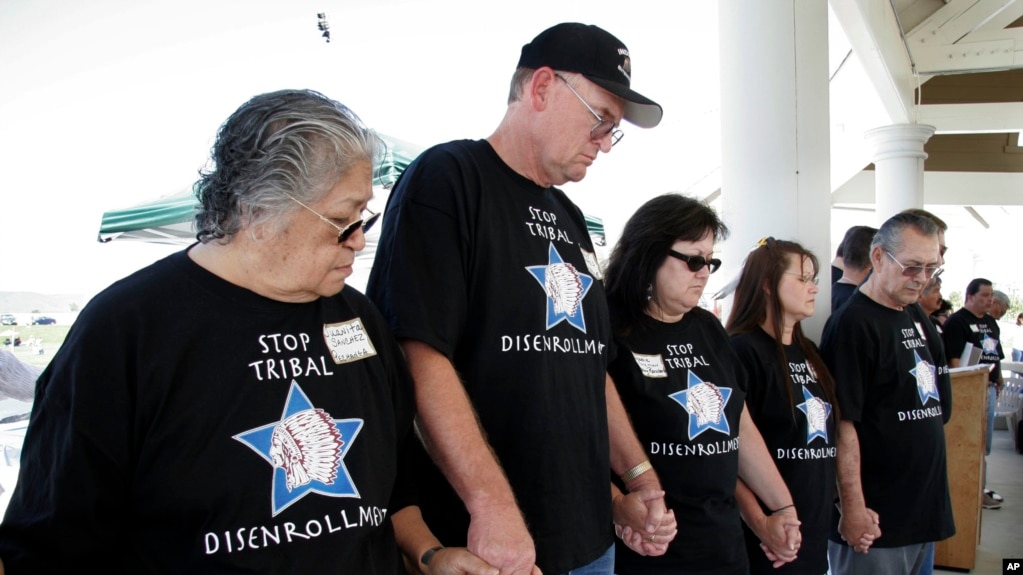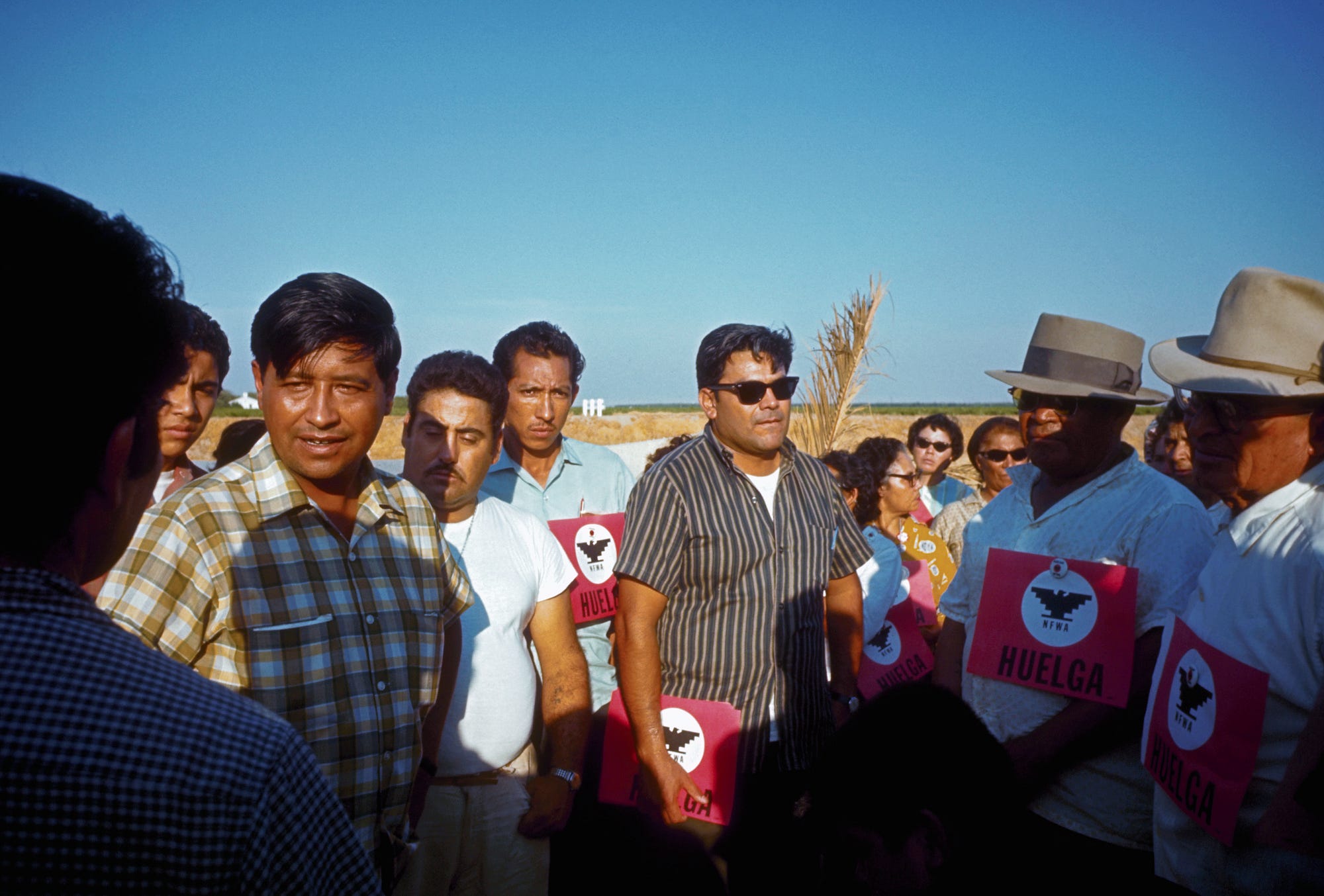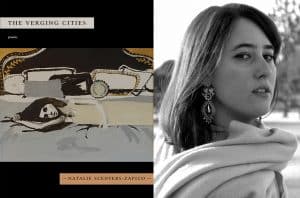Loving v. Virginia as a Civil Rights DecisionPosted in Articles, Health/Medicine/Genetics, Law, Media Archive, United States on 2017-03-06 20:13Z by Steven |
Loving v. Virginia as a Civil Rights Decision
New York Law School Law Review
Volume 59, Number 1 (2014/2015)
pages 175-209
Dorothy E. Roberts, George A. Weiss University Professor of Law and Sociology and the Raymond Pace and Sadie Tanner Mossell Alexander Professor of Civil Rights
University of Pennsylvania
Loving v. Virginia, the unanimous U.S. Supreme Court decision that invalidated state laws restricting interracial marriage, marked the tail end of the civil rights cases of the 1950s and ’60s. Loving was not issued until 1967, more than a decade after the Court’s decision in Brown v. Board of Education, holding racial segregation of public schools unconstitutional. At the time of the 1963 March on Washington, nineteen states still had laws prohibiting interracial marriage, and federal jurisprudence upholding these laws had remained the same since 1883.
Civil rights litigators waited so long to launch an attack on state anti-miscegenation statutes in federal court because interracial marriage seemed at once so trivial and so controversial. Trivial because it involved interpersonal relationships rather than the weighty public rights to equal education, voting, and employment. But challenging the marriage laws also struck at the bedrock of racism: Classifying human beings into supposedly biological races that should be kept apart. Some civil rights advocates, as well as justices on the Warren Court, feared that attacking anti-miscegenation too soon was doomed to fail and would threaten the implementation of recent civil rights victories because white Southerners’ loathing of racial intermingling was so basic to their dogma of racial separation. After all, a primary reason for segregated schooling was to foreclose the interracial intimacy that might be sparked in integrated classrooms. Moreover, prior to Loving, state control over marriage was absolute.
Loving was the capstone of the Court’s blow to the Jim Crow regime. As the Court stated, it struck down the Virginia law because it was a measure “designed to maintain White Supremacy.” Yet subsequent decades have faded the understanding of Loving as a civil rights decision. While Brown became the emblem of the end to de jure segregation, Loving fell into relative obscurity. In his recent book, The Civil Rights Revolution, constitutional law scholar Bruce Ackerman denies that Loving “deserves a central place in the civil rights canon.” The same-sex marriage movement revived the decision to stand for the right to marry the partner of one’s choice. In 2007, on the occasion of the fortieth anniversary of the Loving decision, Mildred Loving commented:
I am proud that Richard’s and my name is on a court case that can help reinforce the love, the commitment, the fairness, and the family that so many people, black or white, young or old, gay or straight seek in life. I support the freedom to marry for all. That’s what Loving, and loving, are all about.
Today, Loving is remembered more for protecting the right to marry than for toppling the final pillar of the de jure racial caste system in the United States. Moreover, to the extent that federal courts rely on Loving as a civil rights decision, they have largely distorted its reasoning, as well as its significance to the struggle to end racism and white domination.
This article aims to revive Loving as a civil rights decision, and to stress the continuing importance of its recognition of the relationship between racial classifications and white supremacy. Part I places the Lovings’ lawsuit in the context of the litigation agenda that helped institute the civil rights revolution. Jim Crow restrictions on marriage implemented the combined white supremacist and eugenicist ideologies of an innate racial hierarchy that called for racial separation. Both civil rights lawyers and U.S. Supreme Court justices delayed tackling state anti-miscegenation laws for strategic reasons. But they understood these laws as part of the Jim Crow segregationist system that the civil rights movement was dismantling and kept their abolition as an eventual goal.
Part II analyzes the Loving decision as a challenge to racism and white supremacy as much as the validation of marriage rights—and the entangled relationship between the two in the Court’s constitutional reasoning. Just as bans on interracial marriage were an essential part of the segregationist regime, eliminating them was an integral chapter in the series of civil rights decisions issued by the Warren Court. A central question in Loving was whether the Court would extend the holding in Brown from the realm of public education to state laws regulating marriage. By applying Brown’s prohibition of racial separation to the private sphere of marriage, formerly seen as the exclusive domain of states’ power, the Court radically confirmed a constitutional mandate for federal intervention in all aspects of the nation’s racial regime.
Part III evaluates how federal courts have interpreted the civil rights dimension of Loving in the decades that followed. I argue that key U.S. Supreme Court decisions have perverted the central lesson of Loving. Rather than link racial classifications to political subordination (as the Loving Court did), subsequent Court opinions have wrongly relied on Loving to do just the opposite. Loving has been misused to support a colorblind approach to the Fourteenth Amendment that treats the government’s use of race to eliminate the contemporary vestiges of Jim Crow as contemptible as the Jim Crow classifications designed to enforce white rule.
Finally, Part IV explains why the lessons of Loving as a civil rights decision are especially important in today’s supposedly “post-racial” society. A new biopolitics of race is resuscitating the notion of biological racial classifications underlying the anti-miscegenation laws that Loving struck down. Genomic science and gene-based biotechnologies are promoting race-consciousness at the molecular level at the very moment the Court and many policymakers believe race-consciousness is no longer necessary at the social level. I conclude that it is more urgent than ever to understand race as a political system that determines individuals’ status and welfare, and for federal courts to implement, uphold, and enforce strong race-conscious remedies for the lasting legacy of slavery that the Fourteenth Amendment was intended to abolish and civil rights activists fought to eradicate…
Read the entire article here.







